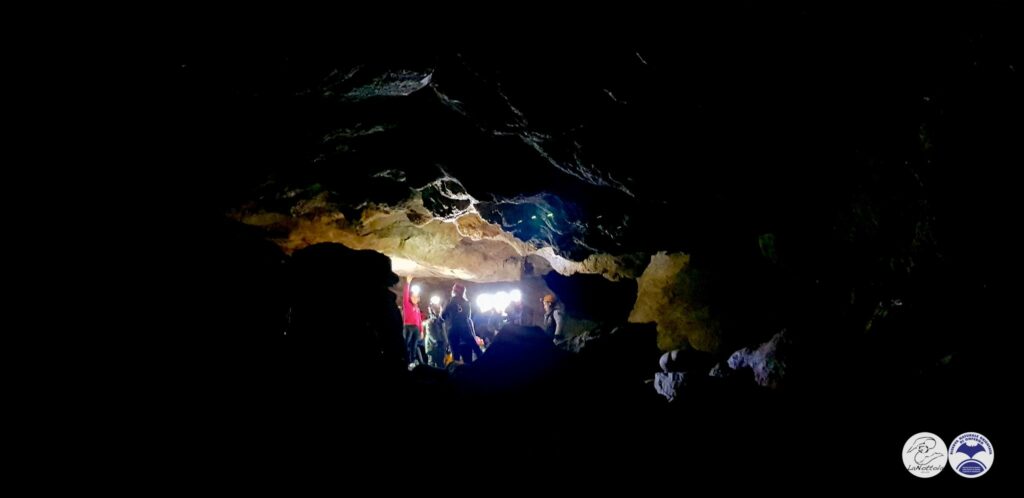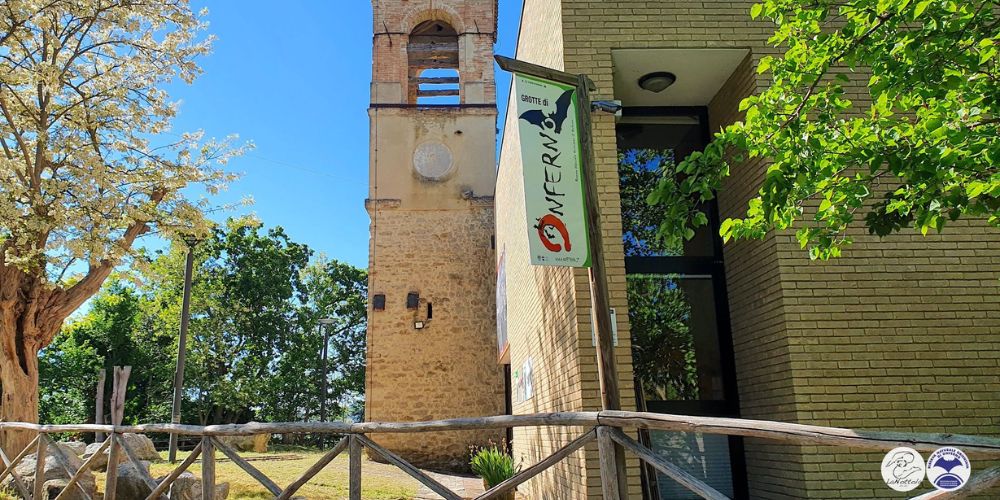Romagna is a land full of surprises and treasures—did you know that just a few kilometers from Cattolica, you can find cultural gems that are UNESCO World Heritage Sites?
Here are three perfect destinations for a day trip or a weekend getaway: the Onferno Caves, San Marino, and Ravenna.
Read on to discover what makes them unique and how to reach them from Cattolica.
The Onferno Caves: a unique karst complex
Just beyond the city lies the beautiful Valconca valley. A short 15-kilometer drive from Cattolica takes you to the Onferno Caves, a truly unique journey into the heart of nature and history. Officially recognized by UNESCO for their universal value, these caves stand out for their singular and representative features on a global scale.
So, what exactly are they? The Onferno Caves form a karst system that extends over 800 meters, offering an extraordinary descent into the depths of the earth. Inside, you can admire crystalized gypsum formations and immense colonies of bats.
The atmosphere within the caves is filled with mystery and wonder, capturing the imagination of every visitor. The descent through the forested steps is an incredible experience of light and dark, spacious and narrow passages, trickling water, and profound silence.
Guided by expert speleologists, you can explore enchanting chambers and mysterious tunnels, including the magnificent Sala Quarina. This chamber, one of the largest in Europe, is adorned with enormous conical gypsum formations hanging from the ceiling. It also serves as a summer “nursery” for thousands of bats—over 6,000 individuals from at least six different species! Because of this, the cave is only open to visitors during winter and for limited periods.
Carved over millennia by a subterranean stream, the caves pass through a unique gypsum cliff where the ancient Castrum Inferni once stood. Today, this site is a small enclosed village, offering breathtaking views of the Conca Valley and Sassofeltrio.

ph Piero Gualandi – Onferno Caves
San Marino: the world’s oldest republic
Did you know that the Republic of San Marino, perched atop Mount Titano, holds the title of the world’s oldest surviving city-state? A visit is a must!
Since 2008, San Marino has been listed as a UNESCO World Heritage Site, including its historic centers in San Marino and Borgo Maggiore, along with Mount Titano itself.
San Marino offers a perfect blend of intangible heritage, reflected in centuries-old traditions such as the governance by the Captains Regent, and tangible heritage, seen in the ancient palaces that still host traditional ceremonies.
The natural beauty of Mount Titano also plays a crucial role in the site’s significance, forming a striking landscape with the historic Borgo Maggiore and the rugged cliffs at its base.
How to get there:
From Cattolica, reaching San Marino is easy: take the A14 highway from Cattolica toward Bologna, exit at Rimini Sud, and then follow the expressway to San Marino.
Ravenna: the ancient capital known worldwide
Looking for the perfect day trip? Ravenna is the ideal destination! Famous for its artistic heritage, Ravenna is home to the world’s richest collection of mosaics dating back to the 5th and 6th centuries AD. These incredible treasures are preserved within its early Christian and Byzantine religious buildings.
Ravenna boasts eight UNESCO-listed monuments, each telling the story of the city’s historical greatness.
These eight architectural wonders reflect Ravenna’s role as the capital of three great empires:
- The Western Roman Empire,
- The Kingdom of Theodoric the Goth (493–553 AD),
- The Byzantine Empire in Europe, until the Lombard conquest in 751 AD.
These monuments bear witness to the political and religious transformations of late antiquity, showcasing the artistic exchanges and cultural influences that laid the foundation for modern Europe.
In 402 AD, Emperor Honorius moved the capital of the Western Roman Empire from Milan to Ravenna for security reasons. This decision transformed Ravenna from a small provincial town into a magnificent imperial residence and cultural center.
How to get there:
Since Ravenna was historically an imperial capital, we recommend traveling there along the ancient Roman roads. From Cattolica, follow the Via Flaminia to Rimini, then continue along the historic Via Popilia to Ravenna.
Want to discover romagna through its cuisine?
If you’d like to explore the Romagna region and Cattolica’s surroundings through its food and wine, check out Cattolica’s gastronomy.

